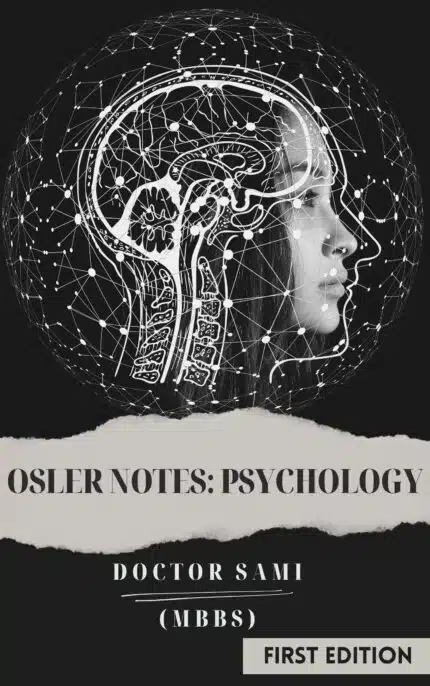
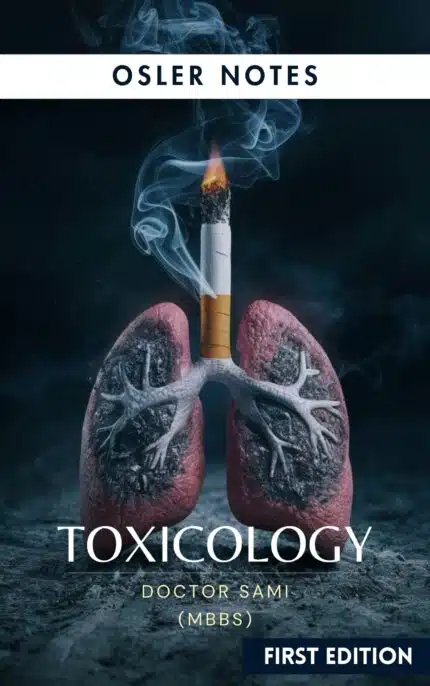
Antimicrobial Agents
$40.00 Original price was: $40.00.$25.00Current price is: $25.00.
🛡️🦸♀️🦠💥🎯 The superhero team that assembles to fight off 🦠👾 microbial villains — each with a unique 💥 power and 🎯 purpose.
🎬 Clinical Medicine as Cinema
-
🎬 Let’s continue our story…
If ABG = VFX 🎬
EKG = Sound Design 🎧
Mechanical Ventilation = The Double 🎭
Imaging = The Camera 📷
Then Antimicrobial Agents are…
🛡️ The Avengers — the superhero team that assembles to fight off 🦠 microbial villains, each with a unique 💥 power and 🎯 purpose.
Inside, you’ll explore:
👉 (Click “Book Chapters” to dive into the full content)
-
🧬 Mechanisms of Action
Understand how different antimicrobials combat pathogens. -
🦠 Spectrum of Activity
Learn which agents target specific bacteria, viruses, fungi, and parasites. -
💊 Clinical Applications
Apply knowledge to treat common infections effectively. -
⚠️ Resistance Patterns
Stay informed about emerging antimicrobial resistance trends.
Every chapter is:
-
📚 Concise & Clinically Relevant
-
🎨 Designed Visually for Memory
-
🔍 Focused on Real-World Diagnosis
📘 What You’ll Learn in This Book
1. 💊 Introduction to Antibiotic Prescription
-
Discover the 12 crucial considerations every clinician must keep in mind when prescribing antibiotics to ensure effective and safe treatment.
2. 🔬 Classification of Bacteria
-
Learn how bacteria are categorized based on Gram stain, shape, and oxygen needs — essential for understanding infection patterns and selecting the right antibiotic.
3. 🦠 Bacterial Causes of Common Infections
-
Master a systematic approach to identifying the bacterial culprits behind common infections like community-acquired pneumonia, urinary tract infections, meningitis, and cellulitis. Organized by syndrome for easier recall.
4. 🧪 Mechanisms and classes of Antibiotics
-
Explore the mechanisms of action of antibiotics (such as inhibiting cell wall synthesis, ribosome function, or DNA/RNA processes) and their clinical relevance, categorized by class for better understanding and application.
5. 🔵 Antibiotics for Gram-Positive Infections
-
Focus on key drugs like beta-lactams, vancomycin, linezolid, and daptomycin. Understand when to use them, their spectrum of action, and clinical pearls, including resistance issues like MRSA and enterococcus.
6. 🔴 Antibiotics for Gram-Negative Infections
-
Review essential antibiotics such as cephalosporins, carbapenems, aminoglycosides, and fluoroquinolones, with a focus on tackling resistant pathogens like Pseudomonas and ESBL-producing organisms.
7. 🌑 Antibiotics for Anaerobic Infections
-
Learn how to target anaerobic bacteria, commonly found in abscesses, the gastrointestinal tract, and deep wounds. Key antibiotics include metronidazole, clindamycin, and beta-lactam/beta-lactamase inhibitor combinations.
8. 🌀 Antibiotics for Atypical Infections
-
Atypical pathogens like Mycoplasma, Chlamydia, and Legionella require specialized antibiotics. Explore agents like macrolides, tetracyclines, and fluoroquinolones, particularly for treating community-acquired pneumonia and sexually transmitted infections.
9. ⚠️ Critical Side Effects of Antibiotics
-
Quick guide to essential red-flag side effects: nephrotoxicity with aminoglycosides, QT prolongation with fluoroquinolones, and vancomycin "red man" syndrome. Learn how to recognize and manage these issues in clinical practice.
10. 🧩 Additional Essential Topics
-
Review high-yield concepts: determining the appropriate duration for antibiotic therapy, understanding antibiotic prophylaxis before surgeries, and knowing when to use or avoid antibiotic lock therapy.
11. 🔬 Understanding Tuberculosis: The Bug, the Disease, and the Diagnosis
-
Covers essential microbiology of Mycobacterium tuberculosis and how it impacts clinical presentation and testing. Includes latent vs. active TB, pathophysiology, and transmission risk factors.
12. 💊 Core Anti-TB Therapy: First-Line Drugs and Standard Treatment
-
Focuses on the standard treatment approach to drug-sensitive TB. Includes mechanisms of action, common side effects, the RIPE regimen, and adherence strategies like DOT.
13. ⚠️ Complicated TB: Resistance, Special Populations, and Extrapulmonary Disease
- Focuses on deviations from the standard approach.
MDR-TB, XDR-TB: definitions, diagnostics, newer drugs (bedaquiline, linezolid, delamanid).
Extrapulmonary TB: CNS, bones, peritoneum, miliary.
TB in pregnancy, HIV, transplant, renal/hepatic impairment.
Adjusting therapy for drug interactions and organ function.
Extended durations for certain forms (e.g., TB meningitis).
14. 🛡️ TB Prevention and Clinical Decision-Making in Practice
-
Emphasizes stewardship, prevention strategies, and clinical decision-making. Includes BCG vaccine, screening high-risk populations, and preventive treatment.
15. 🔬 Classification of Pathologic Fungi
-
Learn the general features of fungi and explore five main categories of medically important fungi, with key representative species.
16. 💡 Clinical Manifestations of Fungal Infections
-
Understand the typical presentations of fungal infections, recognize key risk factors, and review how these infections manifest in different patient populations.
17. 🚨 Mycotoxins, Allergies & Quackery
-
Explore the toxic effects of mycotoxins, allergic reactions linked to mold exposure, and debunk common myths and unsupported claims surrounding fungal-related illnesses.
18. 🧪 Antifungal Medications
-
Review the three major antifungal classes—polyenes, azoles, and echinocandins—along with mechanisms of action, side effects, and clinical decision-making for choosing the right agent.
19. 💊 Antiviral Medications
-
Focuses on antiviral medications, covering mechanisms of action, side effects, and clinical uses, such as Acyclovir and Oseltamivir.
20. 🧬 HIV Virology
-
Understand HIV as a retrovirus—its infection cycle, integration into host DNA, and the viral life stages. Discuss HIV-1 vs. HIV-2, transmission routes, and pathophysiology.
21. 💊 Antiretroviral Therapy (ART): Classes, Mechanisms, and Side Effects
-
💊 Outline the five main classes of ART: NRTIs, NNRTIs, protease inhibitors, integrase inhibitors, and entry inhibitors. Explain how each class targets a step in the viral cycle and why combinations (e.g., 2 NRTIs + 1 INSTI) are used. Include high-yield clinical pearls: tenofovir nephrotoxicity, abacavir HLA-B*5701 testing, efavirenz CNS effects, and boosted regimens. Keep a tight clinical-pharmacologic integration by highlighting side effects, and drug interactions, especially CYP450 and with TB therapy.
22. 📈 Clinical Use of ART: Initiation, Monitoring, and Resistance
-
📈 This chapter focuses on when and how to start ART in different settings—newly diagnosed, acute infection, opportunistic infection, or co-infection with hepatitis B/C or TB. Discuss how to choose a regimen, manage side effects, and monitor with viral load/CD4. Include practical resistance topics: genotypic testing before starting therapy, causes of virologic failure, and what to do if ART fails. You can also briefly introduce “U=U” (Undetectable = Untransmittable) to reinforce public health relevance.
23. 🦠 Opportunistic Infections, Prophylaxis, and Special Scenarios
- 🦠 Review major opportunistic infections (PCP, toxoplasmosis, cryptococcus, MAC, CMV), their CD4-based risk thresholds, and when to start prophylaxis. Include the timing of ART in acute OI management (e.g., not too early in cryptococcal meningitis), and the logic behind IRIS (Immune Reconstitution Inflammatory Syndrome). Round it out with ART in pregnancy, PrEP/PEP for prevention, and post-exposure management in clinical settings.
24. 🦠 Parasitology Basics: The Parasite Lifecycle and Diagnosis
-
🦠 Start with the fundamentals of parasitology—defining the major types of parasites (protozoa, helminths, ectoparasites) and their life cycles.
25. 💊 Antiparasitic Drug Classes: Mechanisms of Action and Resistance
- 💊 Cover the main classes of antiparasitic drugs: antiprotozoal (e.g., metronidazole, atovaquone), antihelminthic (e.g., albendazole, ivermectin), and antiectoparasitic (e.g., permethrin, malathion). Highlight common side effects (e.g., neurotoxicity with mefloquine, GI distress with metronidazole) and the emerging threat of resistance, particularly in protozoa like Plasmodium and Giardia.

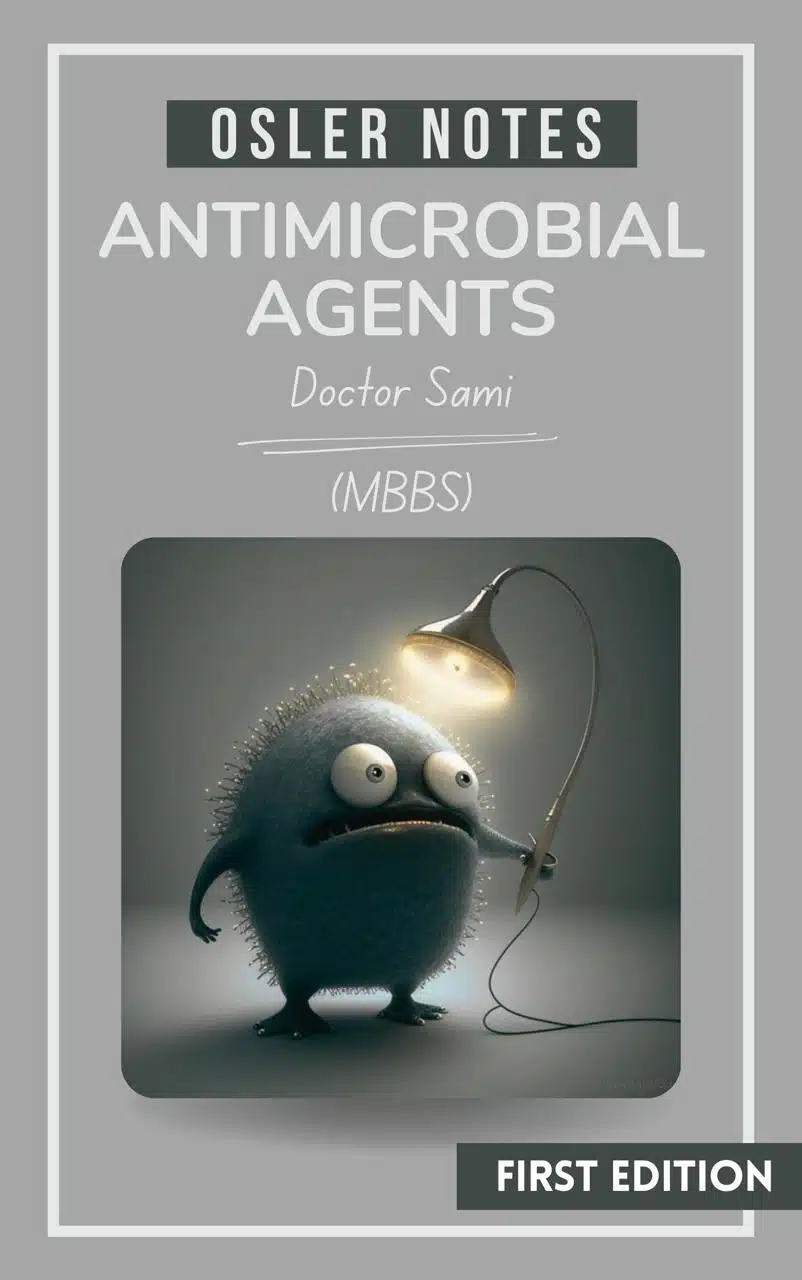
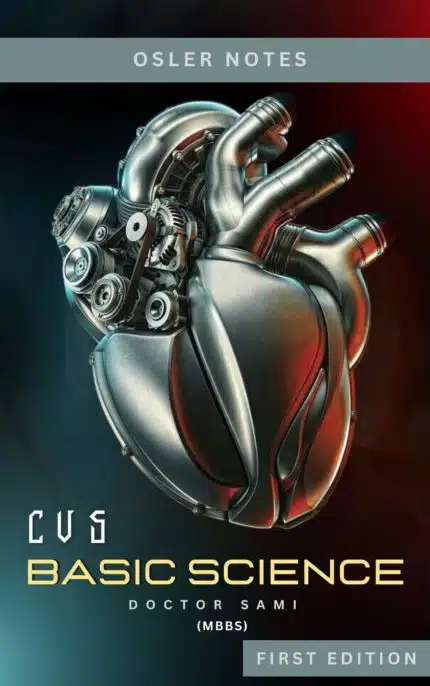
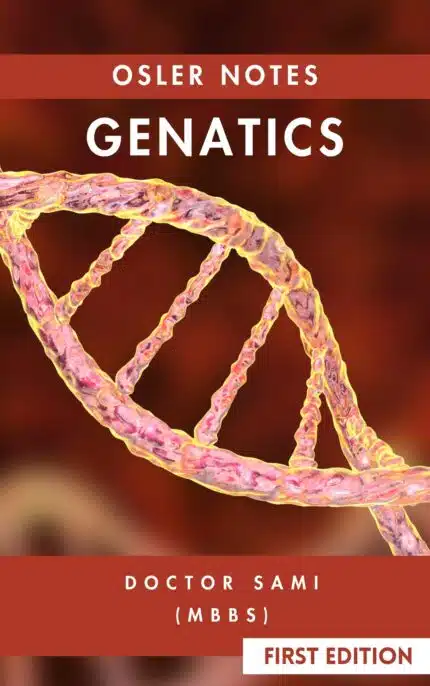
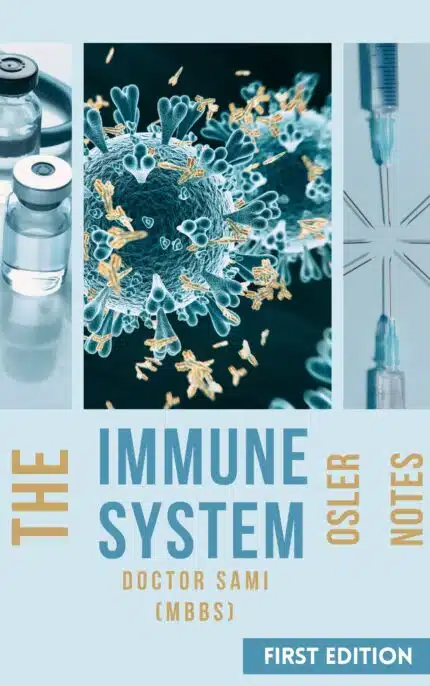



Reviews
There are no reviews yet.